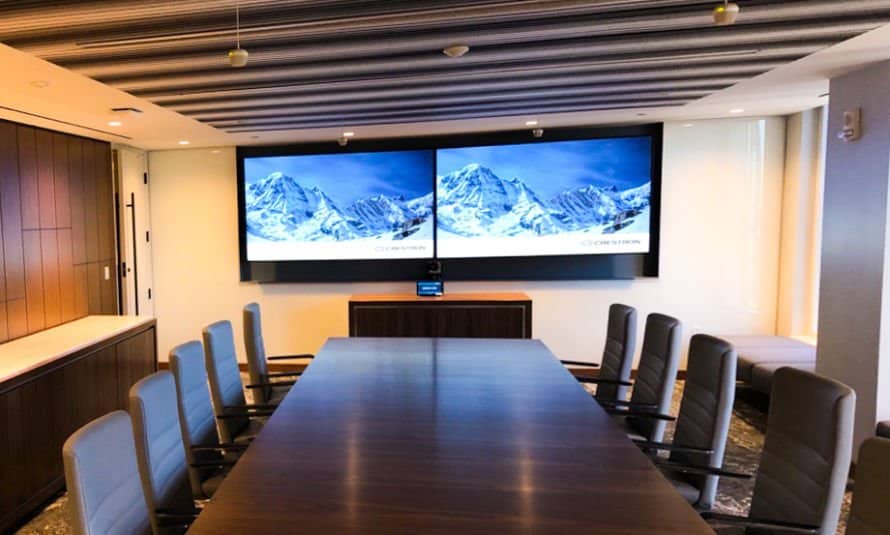Essential Tactics for Optimizing Cabling and Connectivity in Audio-Visual Setups
While configuring AV installations, the importance of wiring and connectivity cannot be overstated. Proper infrastructure does more than just supports that audio and video quality are retained but also delivers the stability of the entire system. In any AV setup, whether for a school, corporate space, or home theater, optimizing the network cabling can lead to better performance and fewer technical issues. This guide will outline key strategies for enhancing wiring and interfacing in AV solutions.
The primary step in improving audio-visual systems is to choose the suitable cables for the task. Different types of cables fulfill various purposes, so identifying compatible ones is important. For example, HDMI cables are standard for transmitting high-definition image and acoustic signals. In comparison, balanced audio cables like XLR can reduce interference in sound systems. It is vital to evaluate the length and durability of these cables, as longer cables can result in signal degradation. By investing in professional-grade cables that suit the specific needs of the AV setup, users can significantly boost total performance.

Another important strategy is organizing the wiring strategically. A neatly arranged wiring system not only seems cleaner but also supports functionality. Using cable management tools like clips, ties, or sleeves can assist arrange wires tidy and avoid tangling. This layout also makes it simpler to resolve any issues that may arise. Labeling each cable according to its role or web link connection point can save time during installations or repairs. A logical layout helps technicians readily identify connections, which is especially beneficial in multi-device systems with multiple devices.
Additionally, understanding the design of the room is vital for enhancing AV performance. The positioning of devices can affect how signals travel through cables. Positioning devices too far apart may call for longer cables or signal boosters, which can be expensive and reduce quality. It is beneficial to design the organization of equipment carefully, taking into account the spacing between devices and potential interferences such as walls or furniture. This strategic placement can minimize issues related to signal loss and strengthen transmission throughout the AV system.
Regular performance audits are another critical strategy for ensuring reliable performance of AV wiring and signal pathways. Over time, cables may become damaged due to movement or deterioration. Routinely inspecting all connections helps catch potential problems before they develop into major issues. Replacing damaged cables and maintaining connectors can maintain signal quality and support the system operates smoothly. Keeping a log for regular maintenance can help users oversee this aspect of their AV systems.
Finally, staying informed about emerging technologies and guidelines is essential for anyone involved in AV solutions. The industry is consistently changing with breakthroughs in technology that can elevate connectivity and performance. Participating in seminars, following industry resources, or networking through professional communities can provide valuable insights into best practices and latest tools in the industry. By adopting these technologies and integrating them to legacy systems, users can upgrade their get redirected here AV setups on an ongoing basis while maintaining they remain updated with industry progress.
In summary, optimizing wiring and connectivity in AV systems involves careful selection of cables, effective organization, strategic space positioning planning, routine maintenance checks, and keeping informed on emerging technologies. By applying these practices, users can achieve better performance and reliability in their media setups, ultimately providing a more satisfying experience for everyone participating.